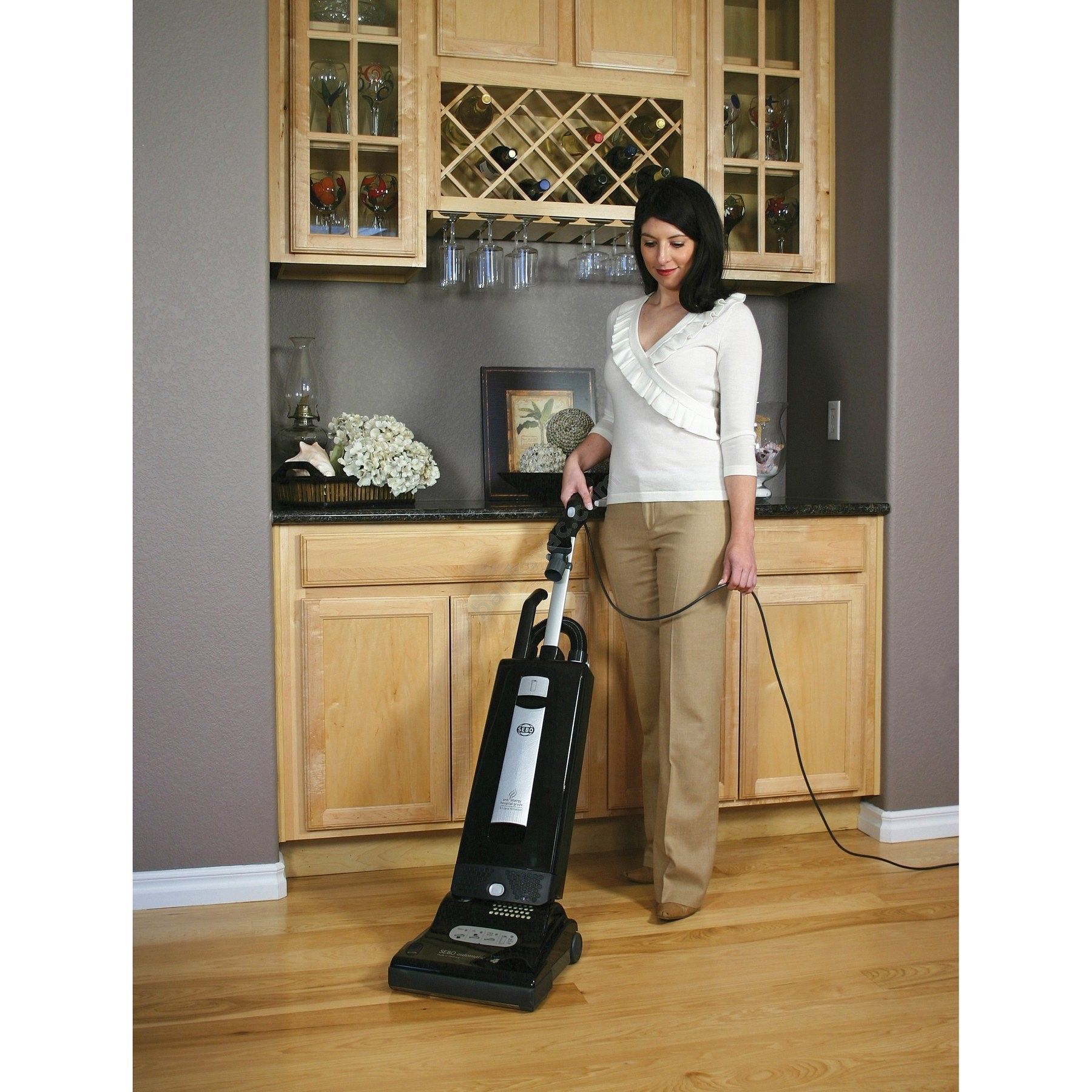Why Cleaning and Maintaining Your Vacuum Is Essential
 Vacuum cleaners don’t last forever, but you can take steps to extend their lives beyond average and keep them working at peak performance in the meantime. When your appliance is not working at the level it should be, your floors, stairs, furniture, blinds, and other areas are not getting as clean as they could. Don’t waste your time and effort on a half-hearted job?
Vacuum cleaners don’t last forever, but you can take steps to extend their lives beyond average and keep them working at peak performance in the meantime. When your appliance is not working at the level it should be, your floors, stairs, furniture, blinds, and other areas are not getting as clean as they could. Don’t waste your time and effort on a half-hearted job?
Additionally, if anyone in your home suffers from allergies, they will appreciate a cleaner house, and you can accomplish this with a well- maintained vacuum. Failure to regularly clean and maintain your vacuum cleaner is asking for trouble – sooner than later. It’s seldom convenient when you experience a breakdown. Here are some issues that can arise from vacuum neglect:
- Poor cleaning ability
- Overheating the motor
- Clogged roller brush
- Belt frays or breaks
- The bag may burst and create an explosion of dust
- Clogged filter blocks suction
Many of these issues start small and get progressively worse, and when one of these issues is bad enough, your vacuum may start to smell or even shut down. By procrastinating correcting a major issue long enough, you may even burn up the motor. You can prevent all of these problems from happening and avoid expensive and troublesome repairs bills with a few simple maintenance steps.
4 Easy Steps to Regular Vacuum Cleaning
Before vacuuming for the day, complete these four simple steps prior to plugging the unit in, to get off to a good start:
 Check the roller brush and clean it if needed. The roller brush must be free of hair, string, dirt, and small objects. If not, the vacuum won’t suck up all it should, and the roller may become damaged. TIP: Don’t take chances on picking up things like small pieces of wire, nails, broken pieces of toys, or liquids. Also, don’t get too close to rugs or furniture that have fringes on the edge. If you do, your machine could get caught in them.
Check the roller brush and clean it if needed. The roller brush must be free of hair, string, dirt, and small objects. If not, the vacuum won’t suck up all it should, and the roller may become damaged. TIP: Don’t take chances on picking up things like small pieces of wire, nails, broken pieces of toys, or liquids. Also, don’t get too close to rugs or furniture that have fringes on the edge. If you do, your machine could get caught in them. - Empty the bag or canister if more than half full. Your vacuum will contain either a bag or a canister that collects the particles that are vacuumed up. When it is more than half full, its ability to suction properly is diminished. Most homeowners tend to take this for granted but should not. You can find replacement bags here.
 Clean the filter. Just like the filter on your furnace or air conditioner, the filter in your vacuum can become clogged. Build-up on the filter also reduces your vacuum’s suction power. It is always a good idea to clean the filter outside, so you don’t pollute the air in your home.
Clean the filter. Just like the filter on your furnace or air conditioner, the filter in your vacuum can become clogged. Build-up on the filter also reduces your vacuum’s suction power. It is always a good idea to clean the filter outside, so you don’t pollute the air in your home.- Wipe off any dust or dirt on the surface of the vacuum with a damp cloth. This reduces the amount of dust in the air and also allows you to inspect the vacuum for any loose screws or bolts. If you do find that something is loose, tighten it right away to prevent dust from escaping while you operate the vacuum.
Although these ideas may seem overly simplified, they are necessary, and they work.
Long-Term Maintenance Tips from the Pros
Going beyond simple cleaning of your appliance, there are some long-term steps you can perform to ensure your vacuum has a longer life and cleans better Start practicing these today:
- Every few months, clean out the bag or canister housing. Wipe with a damp cloth but don’t let excess water accumulate in the area.
- Do the same for the filter by replacing it or cleaning it thoroughly. If it gets overly clogged, dirty air will bypass it or tears may develop. Either way, it can’t do its job when it’s dirty.
- Change the belt as necessary because it stretches over time and begins to slip. When slipping, it loses power and performance. Change it if tears or frays develop for the same reason. Recommendation: Change the belt once each year.
- Roller bars can become damaged and need replacing, or you will lose cleaning efficiency. The bristles wear over time and are the main concern for replacement. Tip: Replace the beater bar about every two years.
Two items that can become cracked or damaged are the hose and wheels. A cracked hose loses sucking ability and should be replaced – not taped over. If a piece of the wheel or the entire wheel breaks, buy a new one. Both of these issues typically occur when vacuuming in a hurry or stepping on them. Carefully remove the vacuum out of storage and return it safely to prevent vacuum, wall, and baseboard damage.
Do You Need a New Upright or Canister Vacuum or Parts?
Leading brands of upright and canister vacuums and parts for virtually all vacuums are available from ThinkVacuums.com. Our extensive website provides all the information you need to know about tops brands, tools, accessories, and attachments. Additionally, valuable ideas are presented to increase your awareness and understanding of all types of vacuum cleaners. Call us today at 1.877.439.5315 if you have any questions.




Log In
Create New Account